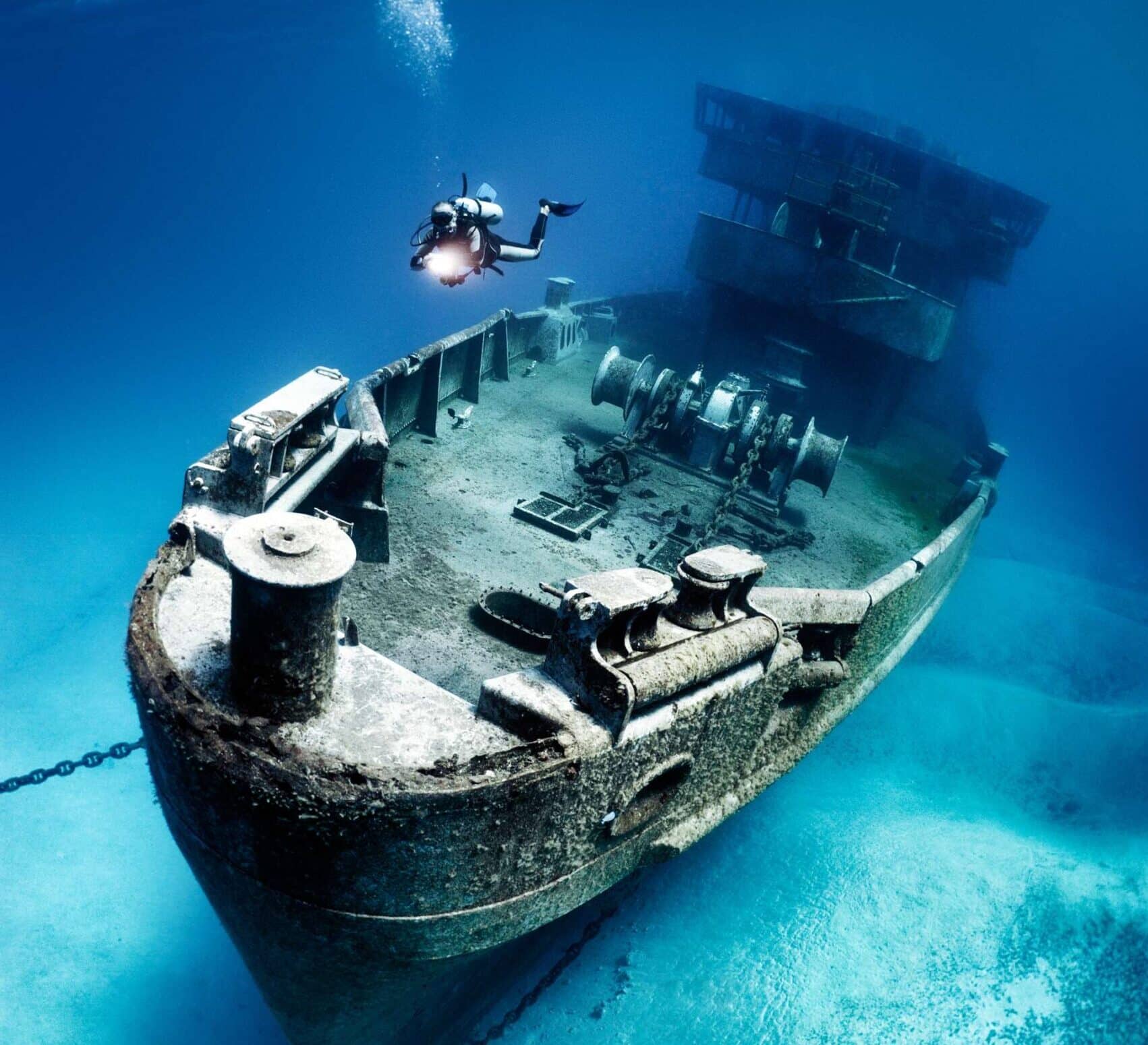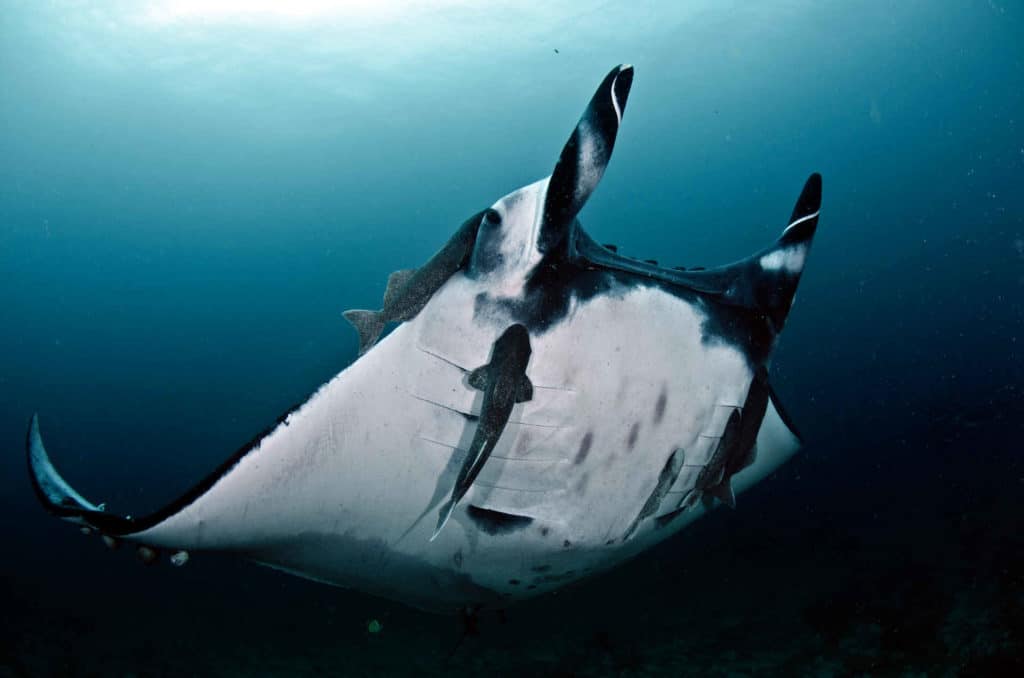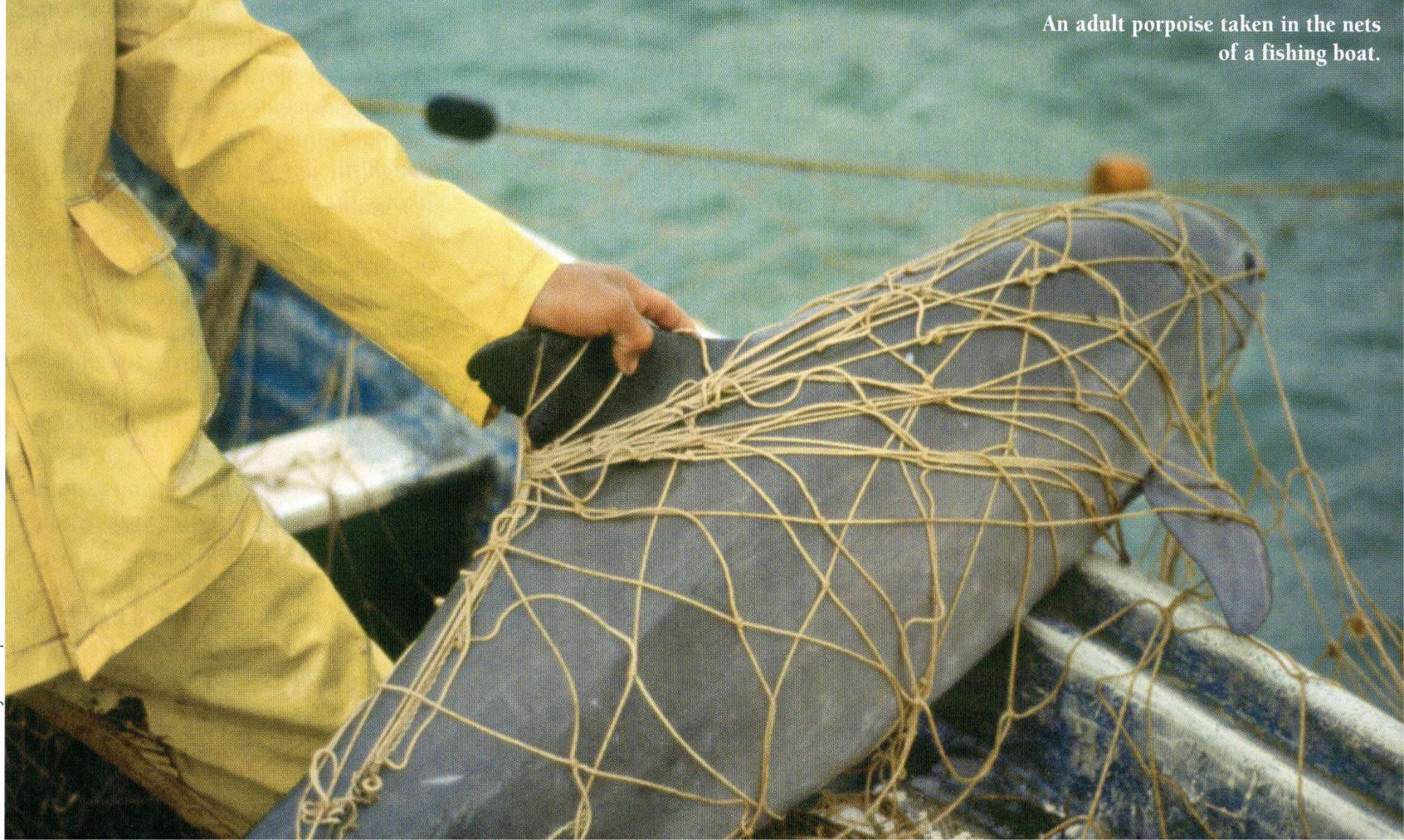Save the Vaquita: The Fight to Protect the World’s Most Endangered Marine Mammal
What is the Vaquita?
The vaquita, or Gulf of California porpoise (Phocoena sinus), is the world’s smallest cetacean, measuring less than 150 cm (5 feet) long. Recognizable by its dark gray back, light belly, and distinctive black rings around its eyes and mouth, the vaquita is a hidden treasure of the ocean—found only in the northern Gulf of California, Mexico.
Sadly, it is also the most endangered marine mammal in the world. Discovered by scientists only in the last century, fewer than 10 vaquitas remain in the wild today, making immediate conservation efforts critical.
Why Is the Vaquita Endangered?
The vaquita’s greatest threat is accidental entanglement in fishing gear—particularly gillnets used to target other species such as shrimp, sharks, and rays. These gillnets indiscriminately trap vaquitas, leading to devastating population declines over the years.
The vaquita’s population has plummeted from an estimated 600 individuals in 1997 to fewer than 10 remaining today. This critically endangered species faces immense challenges, with its natural reproduction rate unable to keep pace with losses caused by human activity.
Encouraging News: Signs of Recovery
Amid these dire circumstances, recent research has brought a glimmer of hope. Amid these dire circumstances, recent research has brought a glimmer of hope. A 2024 survey conducted by the International Committee for the Recovery of the Vaquita (CIRVA) observed approximately a dozen healthy vaquitas, including at least one calf, in the Gulf of California. This suggests that their population has stabilized in recent years, potentially halting the sharp declines previously observed.
While their numbers remain critically low, this progress is a testament to the vaquita’s resilience and the impact of sustained conservation efforts. With continued support and collaboration, there is still a chance to secure a future for the world’s most endangered marine mammal.
Our Commitment: How the Cousteau Society Is Helping
In collaboration with the Mexican scientific consortium Oceanides Conservación y Desarrollo Marino, A.C., and renowned researchers Dr. Lorenzo Rojas Bracho and Dr. Armando Martín Jaramillo, the Cousteau Society is committed to the vaquita’s preservation.
Our initiatives include:
- Innovative Acoustic Monitoring: Deploying specialized hydrophones to monitor vaquita populations through their unique high-frequency vocalizations. This non-invasive technology helps track their numbers and movements with minimal disturbance.
- Data-Driven Conservation: Continuous acoustic data collection enables researchers to assess population trends and evaluate the effectiveness of conservation actions.
- Global Advocacy & Support: Partnering with organizations like Save Your Logo to fund and amplify vaquita conservation efforts.
What Is Mexico Doing?
The Mexican government has implemented critical measures to protect the vaquita:
- Establishing gillnet-free reserves in critical habitats.
- Providing financial support to help fishers transition to vaquita-safe practices and gear.
While these efforts are commendable, urgent global support is needed to scale solutions and prevent extinction.
Results and Publications
The Cousteau Society is committed to transparency and accountability in its efforts to save the vaquita. By supporting critical research and working with conservation partners, our collective efforts are contributing to a brighter future for this remarkable species
Key Publications Supported by the Cousteau Society
- 2020: Distribution of the acoustic occurrence of dolphins during the summers of 2011 to 2015 in the Upper Gulf of California, Mexico Read More
- 2019: Decline towards extinction of Mexico’s vaquita porpoise (Phocoena sinus) Read more
- 2017: Passive acoustic monitoring of the decline of Mexico’s critically endangered vaquita Read more
- 2010: Assessing Trends in Abundance for Vaquita using Acoustic Monitoring Read more
These studies have been pivotal in understanding the vaquita’s population trends and informing conservation strategies. The Cousteau Society is proud to support this locally-led, critical research, underscoring our commitment to the preservation of this critically endangered species.



